Over Injection Molding Service
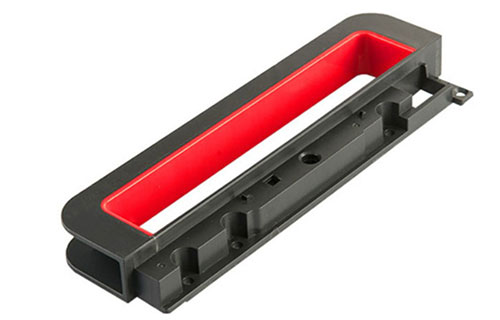
Custom Two-shot Over Injection Molding Parts
Over molding, also is known as Two-Shot Injection molding. At Yigu Technology, we take pride in offering top - notch Over Injection Molding Service. Our state - of - the - art facilities and highly skilled technicians ensure that every over - molded part we produce meets the highest standards of quality and precision. Whether you need to enhance the functionality, durability, or aesthetics of your products, our over injection molding process can be tailored to your specific requirements. From selecting the most suitable materials to implementing the most efficient molding techniques, we are committed to delivering exceptional results that exceed your expectations. Partner with Yigu Technology, and let us transform your product vision into reality through our cutting - edge over injection molding solutions.
What is Over Injection Molding?
Over injection molding is a specialized manufacturing process that involves injecting a second material over a pre - molded base component. This technique allows for the creation of multi - material products with enhanced functionality, durability, and aesthetic appeal. In over injection molding, the base component, often made from a rigid material such as plastic or metal, is first molded and then placed into a secondary mold. The second material, typically a softer or more flexible substance like rubber or a different type of plastic, is then injected over the base component. The two materials bond together during the molding process, creating a seamless and integrated final product. This method is widely used in various industries to produce items such as grips on tools, ergonomic handles, and products with multiple textures or colors.
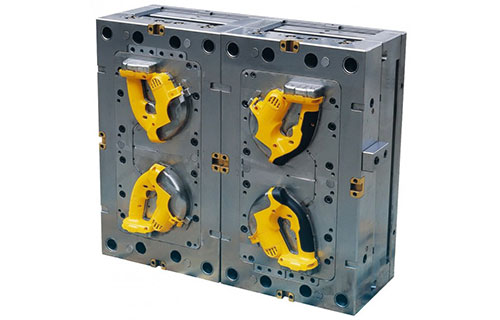
Design, Over Injection Mold making, production and assembly
What exactly can we do
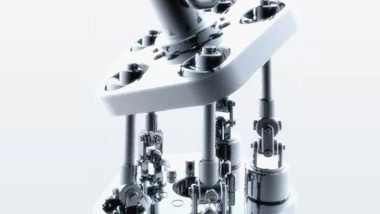
mould design
>Provide samples, drawings and requirements, and provide drawing optimization and design support and efficiency
>Good at optimizing injection mold structure and providing high-efficiency mold development services
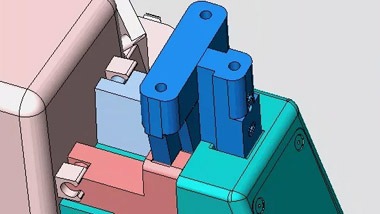
Mold making
>According to the requirements of product structure and product performance, reasonably design the mold structure and cooperate with 3D software for mold flow analysis
>Use 3D laser plate printing to make your samples meet the requirements at one time
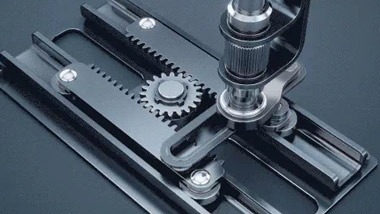
Product production
>With a complete production management team and equipment, it can deliver on time and quickly as soon as one week
>Batch production after sample determination

Product assembly
>Incoming inspection - material preparation - assembly Online - assembly - finished product inspection - shipment
The Benefits of Over Injection Molding
Over injection molding offers a wide range of benefits that make it a highly valuable manufacturing process for many industries. This technique not only enhances the functionality and durability of products but also improves their aesthetic appeal and user experience. Here are some of the key advantages of over injection molding:
- Enhanced Functionality: By combining different materials, over injection molding can create products with multiple functional features. For example, a rigid base can be combined with a soft, non-slip surface to improve grip and usability.
- Improved Durability: The bonding of two materials creates a strong, integrated product that is more resistant to wear and tear. This can significantly extend the lifespan of the product.
- Aesthetic Customization: Over injection molding allows for the integration of multiple colors and textures in a single product. This can enhance the visual appeal and create a more appealing user experience.
- Cost - Effective: By reducing the need for secondary assembly processes, over injection molding can lower production costs and improve overall efficiency.
- Design Flexibility: This process provides greater design freedom, allowing for complex shapes and features that would be difficult or impossible to achieve with traditional molding techniques.
- Reduced Part Count: By combining multiple components into a single molded part, over injection molding can reduce the number of parts needed in a product, simplifying assembly and reducing the risk of component failure.
Applications of Over Injection Molding
Over injection molding is a versatile manufacturing technique with a wide range of applications across various industries. It is particularly useful for creating products that require a combination of materials to enhance functionality, durability, and user experience. Here are some common applications of over injection molding:
- Consumer Electronics: Used to create ergonomic and non-slip surfaces on devices like remote controls, gaming controllers, and mobile phone cases.
- Automotive Industry: Applied in manufacturing components such as steering wheels, gear knobs, and dashboard panels with soft-touch surfaces.
- Medical Devices: Utilized to produce medical tools and equipment with non-slip grips and ergonomic designs, improving usability and safety.
- Power Tools: Commonly used to add soft, non-slip handles to tools like drills, saws, and screwdrivers, enhancing user comfort and control.
- Household Appliances: Found in products like kitchen utensils, vacuum cleaners, and hair dryers, where a combination of rigid and flexible materials is needed.
- Sports Equipment: Used to create products like bicycle grips, sports handles, and fitness equipment with enhanced grip and comfort.
Why Choose Yigu Technology Over Injection Molding
When it comes to over injection molding, choosing Yigu Technology means opting for the pinnacle of precision, innovation, and reliability. Our state - of - the - art facilities and cutting - edge technology ensure that every over - molded part we produce meets the highest standards of quality and durability. Our team of experienced engineers and technicians is dedicated to delivering solutions that not only meet your specifications but also exceed your expectations. From the initial design phase to the final product, we work closely with you to understand your unique needs and provide tailored solutions that enhance the functionality, aesthetics, and user experience of your products.
At Yigu Technology, we pride ourselves on our commitment to excellence. Our over injection molding services are designed to provide you with the utmost flexibility and customization. Whether you need a small - scale prototype or a large - scale production run, our advanced capabilities and efficient processes ensure that your project is completed on time and within budget. With a focus on continuous improvement and customer satisfaction, Yigu Technology is your trusted partner for all your over injection molding needs. Choose us, and let us help you bring your vision to life with unparalleled quality and service.
Over Injection Molding FAQ
What types of materials can be used in over injection molding?
A wide range of materials can be used, including plastics, rubber, and thermoplastic elastomers. The choice of materials depends on the desired properties of the final product.
Is over injection molding suitable for small - scale production runs?
Yes, over injection molding can be adapted for both small - scale prototyping and large - scale production runs. However, the setup costs may be higher for smaller runs.
Can over injection molding be used to create multi - colored products?
Absolutely. Over injection molding allows for the integration of multiple colors and textures in a single product, enhancing its visual appeal.
How does over injection molding improve the durability of products?
By bonding two or more materials together, over injection molding creates a strong, integrated product that is more resistant to wear and tear, thus extending its lifespan.
Is over injection molding more expensive than traditional molding techniques?
The cost depends on the complexity of the design and the materials used. While the initial setup costs may be higher, over injection molding can be more cost - effective in the long run by reducing assembly steps and part count.
Can over injection molding be used to create ergonomic designs?
Yes, it is ideal for creating ergonomic designs. For example, soft - touch materials can be over - molded onto rigid components to improve grip and user comfort.
How long does the over injection molding process take?
The duration depends on the complexity of the design and the production volume. Simple designs can be completed relatively quickly, while more complex projects may take longer.
What is the minimum order quantity for over injection molding?
The minimum order quantity can vary depending on the specific requirements and setup costs. It is best to consult with our team to determine the most cost - effective solution for your needs.
Can over injection molding be used to create products with multiple textures?
Yes, over injection molding allows for the combination of different materials with varying textures, creating products with both rigid and soft - touch surfaces.
What is the typical lead time for over injection molding projects?
Lead times can vary depending on the complexity of the project and the production volume. Generally, lead times range from a few weeks to several months for more complex projects.